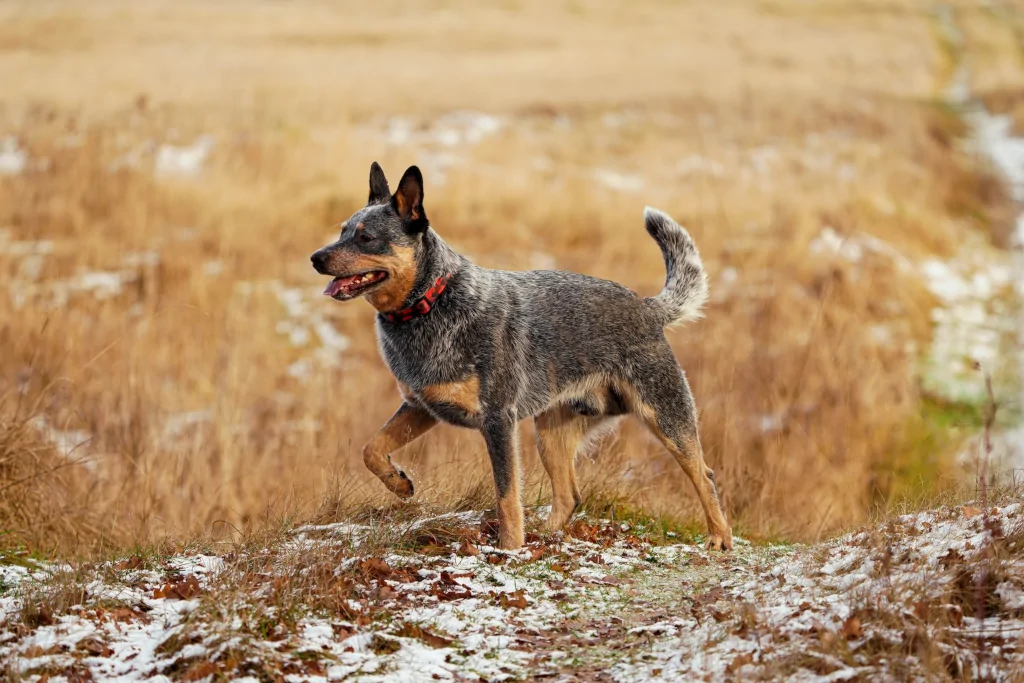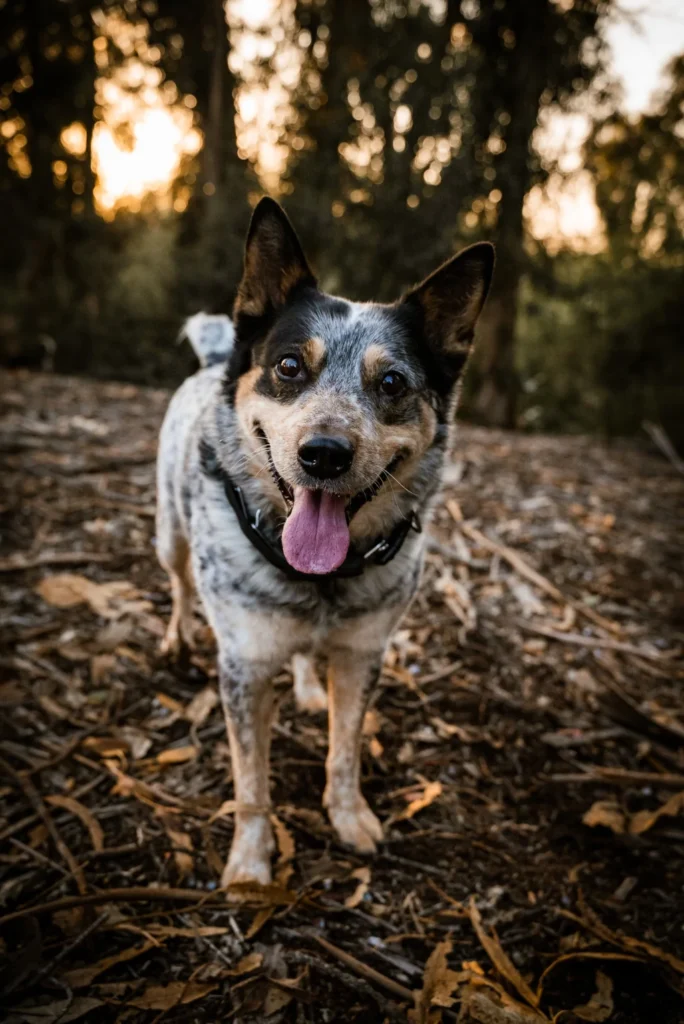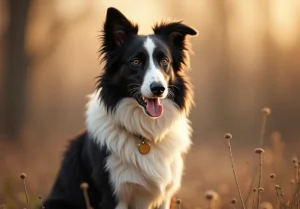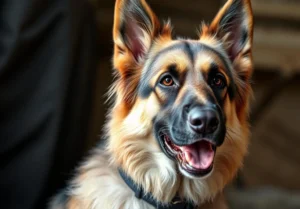Have you ever wondered if your energetic Blue Heeler could be the perfect hunting companion? You might be onto something!
With a strong herding background and an innate ability to track and locate, Blue Heelers are more than just a pretty face on the hunting scene. Join us as we explore their hunting potential and how to make the most of it.

What Makes Blue Heelers Good Hunting Companions?
Blue Heelers, also known as Australian Cattle Dogs, have a unique set of traits that make them outstanding hunting companions.
Their herding heritage has equipped them with exceptional instincts, enabling them to excel at tracking and locating prey. These intelligent dogs are quick learners, making them adaptable to various hunting situations and environments.
Moreover, Blue Heelers are known for their stamina and agility, which are essential attributes for a hunting dog. Their compact size allows them to navigate rough terrain with ease, while their determination and focus keep them on the task at hand.
These qualities, combined with their loyalty and desire to please their owner, make Blue Heelers an ideal choice for hunters seeking a reliable and versatile canine partner.
The Prey Drive of Blue Heelers
The prey drive of Blue Heelers is a key factor that contributes to their success as hunting dogs.
This innate drive is an instinctual urge to chase, catch, and sometimes kill prey animals. In Blue Heelers, the prey drive is particularly strong due to their herding background, as they needed this trait to control and move livestock effectively.
In a hunting context, this powerful drive can be harnessed and directed toward locating and retrieving game.
Hunting Dog Breeds: How Do Blue Heelers Compare?
When it comes to hunting dog breeds, there’s a wide variety to choose from, each with its own strengths and specialties. To give you a better understanding of how Blue Heelers compare, let’s look at their capabilities in relation to a few other popular hunting dog breeds:
- Labrador Retrievers. Labs are renowned for their retrieving skills and gentle mouths, making them ideal for waterfowl hunting. Blue Heelers, on the other hand, may not be as proficient in water but excel in tracking and locating prey on land.
- Beagles. These small hounds are scent-driven and are often used for rabbit or hare hunting. While Blue Heelers may not have the same level of scenting ability, their versatility and adaptability make them suitable for hunting various types of game.
- Pointer breeds (e.g., German Shorthaired Pointers, English Pointers). These dogs are known for their pointing and bird-hunting abilities. Blue Heelers may not have the same pointing instincts, but their intelligence and focus can make them effective bird hunters with proper training.
- Coonhounds. Specialized for hunting raccoons and other tree-dwelling animals, Coonhounds have a strong scenting ability and can track prey for long distances. Blue Heelers may not be specifically bred for this type of hunting, but their endurance and agility enable them to keep up with prey across varied terrains.
In summary, while Blue Heelers may not be as specialized as some other hunting dog breeds, their intelligence, versatility, and prey drive make them a solid choice for hunters seeking a well-rounded canine partner.
With the right training and guidance, Blue Heelers can adapt to various hunting situations and excel in many different types of game pursuits.

Tips for Training a Blue Heeler as a Hunting Dog
Training a Blue Heeler for hunting begins with a strong foundation in obedience and socialization. Start by teaching basic commands like “sit,” “stay,” “come,” and “heel.” Once these are mastered, move on to more advanced training tailored to hunting:
- Introduce scent work. Start by teaching your Blue Heeler to track a specific scent, such as a game bird or rabbit. Use a scent drag with a piece of cloth or a toy soaked in the desired scent, and reward your dog for successfully following the trail.
- Train on hunting-related commands. Teach commands specific to hunting, such as “find” (to locate prey), “mark” (to watch falling prey), and “fetch” (to retrieve downed game). Use positive reinforcement and consistency to ensure your dog understands and follows these commands.
- Expose your dog to various environments. Take your Blue Heeler on walks or hikes in different terrains and environments to familiarize them with various hunting scenarios. This will help your dog become more adaptable and confident in the field.
- Practice with dummy prey. Use dummy prey, such as decoy birds or soft toys, to simulate real-life hunting situations. This will allow your Blue Heeler to practice tracking, marking, and retrieving without risking injury to live game.
- Gradually introduce your dog to real hunting scenarios. Once your Blue Heeler is comfortable with the training exercises, start exposing them to controlled, real-life hunting situations. Ensure your dog is on a leash at first to prevent them from chasing live game prematurely.
Remember, patience and consistency are key when training your Blue Heeler for hunting. It may take some time, but with dedication and effort, your dog will develop the necessary skills to become a reliable hunting companion.
Might be interested in: Dogs That Chase Deer
Other Activities Suited for Blue Heelers
Apart from hunting, Blue Heelers excel in various activities that tap into their intelligence, athleticism, and work ethic.
These include herding, agility trials, obedience competitions, and canine sports like flyball or disc dog. They also make excellent hiking and running companions, thanks to their high energy levels and endurance.
In conclusion, Blue Heelers can make great hunting dogs with proper training, patience, and dedication. Their natural intelligence, prey drive, and agility make them well-suited for various hunting scenarios. Remember to provide your Blue Heeler with plenty of mental and physical stimulation to keep them happy, healthy, and well-rounded in all aspects of their life.
If you’re interested in other dog breeds and how they could be used for training to hunt, take a look at our other articles, such as whether Huskies could hunt, and best gopher hunting dogs.
FAQs
What other activities are Blue Heelers good at?
Blue Heelers excel in herding, agility trials, obedience competitions, and canine sports like flyball or disc dog. They’re also great companions for hiking and running.
How can I train my Blue Heeler for hunting?
Begin by teaching basic obedience commands, then gradually introduce your Blue Heeler to hunting-related activities such as tracking, scent work, and retrieving. Keep training sessions short, engaging, and reward-based.
Are Blue Heelers suitable for families with children?
Blue Heelers can be suitable for families with children if properly socialized and trained. However, their strong herding instincts may require supervision around young kids to ensure they don’t try to herd them.
What kind of temperament do Blue Heelers have?
Blue Heelers are known for their intelligence, loyalty, and work ethic. They are energetic, focused, and can be protective of their family. Proper socialization and training are essential to ensure a well-rounded temperament.
Alex, a passionate animal lover, has experience in training and understanding animal behavior. As a proud pet parent to two dogs and three cats, he founded AnimalReport.net to share insights from animal experts and expand his knowledge of the animal kingdom.




